Guest Speaker - July 25, 2013
July 25, 2013 ~ Today's guest speaker was Rotary exchange student Alejandro (Alex) Canet Ramo from Madrid, Spain. Alex will be returning home next week after his exchange year in Prince Rupert.
Despite some technical difficulties that prevented him from showing his presentation, Alex shared some of the highlights of his year.
Hello everyone, I am Alex and this is my final presentation.
First I want to say thank you to all the Rotarians and thank you for the opportunity to come ... click on more to read the rest of Alex's presentation.
(Scroll down this column to read Alex's first interview in February)
here to Prince Rupert.
The school here was easy compared with Spain. I liked the school and the option to divide my courses in to two semesters with six subjects, I learned a lot and I got an A, so right on. In Spain we have to study the same subjects all year so I was kind of bored.
The people here are super friendly; I met a lot of people. Prince Rupert is really easy to hang out with people and all the places are close together. In Madrid, I can hang out but it is sometimes difficult because my friends live so far.
The Canadian food is really good, the seafood is delicious and that is an important point when I tried the halibut.
The volunteering was fun, I helped in the Rotary food booth at Seafest, at the Halloweenfest and other events, and yes, that was really cool.
The chance to learn to fish in the ocean and the river, I appreciate that and thanks to Bob and Kelly for the opportunity, and thanks to Kelly for teaching me how to use a rod and reel and how to fix the spool and ferrule, now I can fish okay.
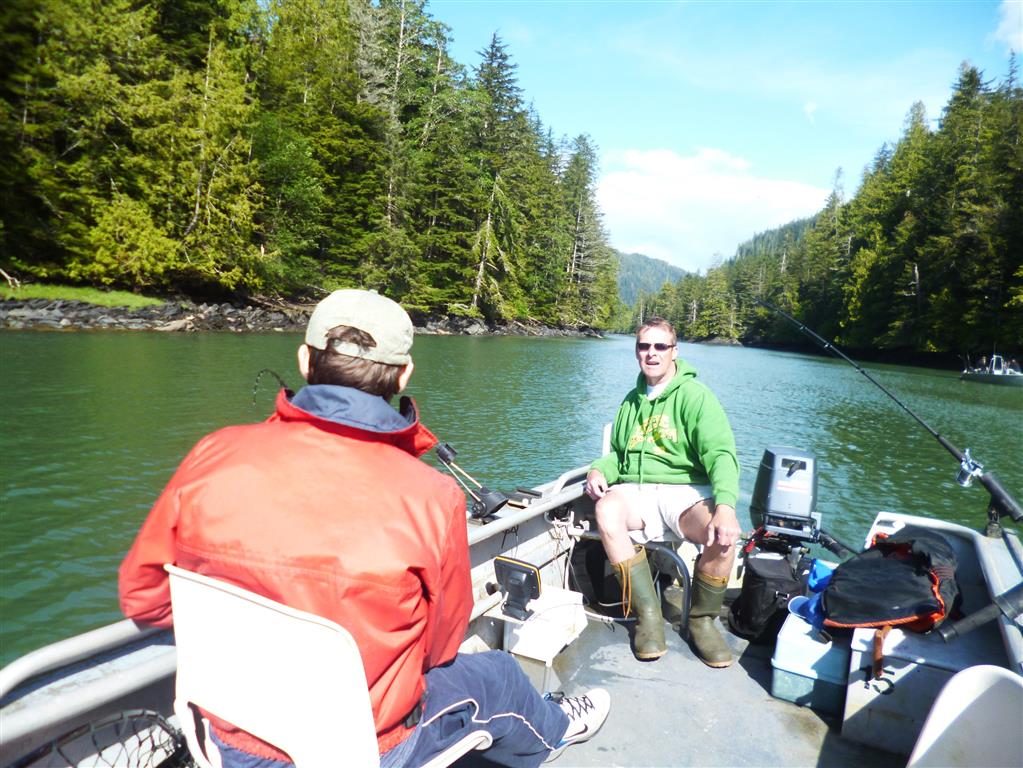
The chance to jump in the cold ocean on New Year’s Day was okay, the normal sea temperature I have in Spain is 30 degrees and when I jumped in here, the water was probably like four degrees, or maybe less, so cold it was for me.
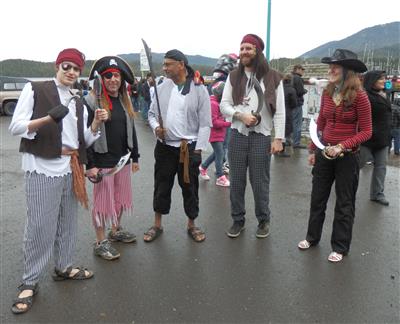
Here in Prince Rupert, I felt free and the smell of the rain is awesome.
With the opportunity to be part of the Charles Hays Senior Secondary rugby team, I learned how to play rugby and got to travel to Vanderhoof with the team, that was awesome. We had a great season winning almost all of our games.
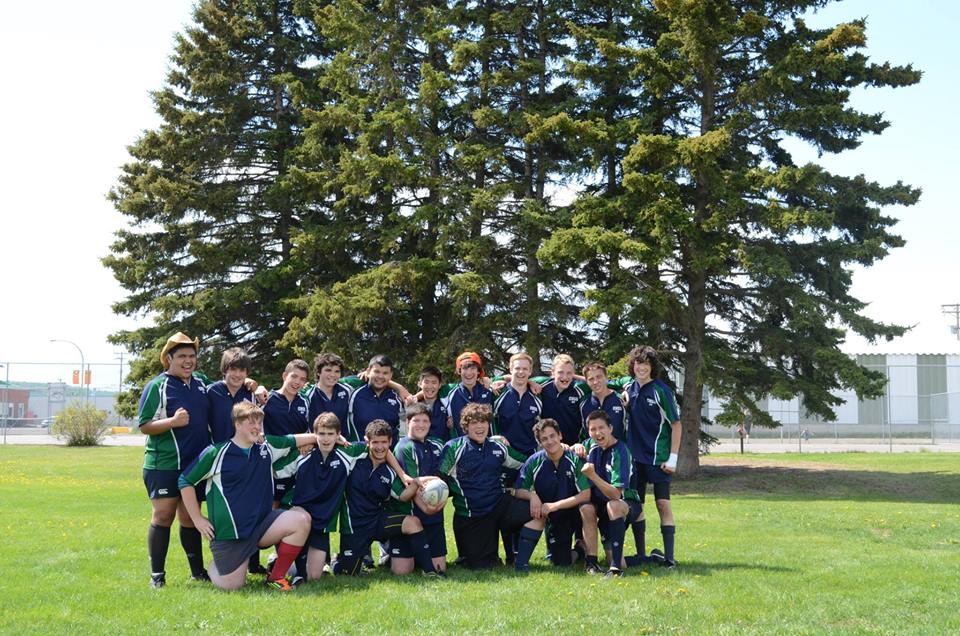
My BC trip with the other Rotary exchange students was awesome. I’ve been to a lot of places in BC and Alberta and had a lot of fun visiting places like Vancouver, Williams Lake with its famous rodeo stampede and Golden. I got to see the Rocky Mountains, Jasper, Banff, Lake Louise and the Columbia Ice Fields. I was able to go to Vancouver Island - Victoria is a beautiful place, I like it because the harbour and the government buildings are great and the Chinatown in Victoria is the oldest one in Canada.
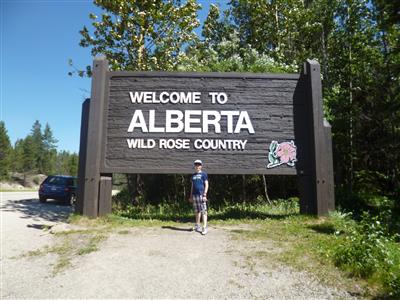


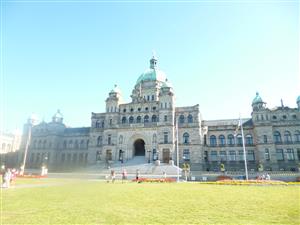
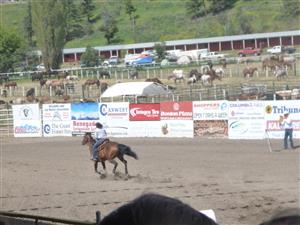
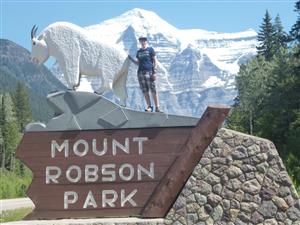
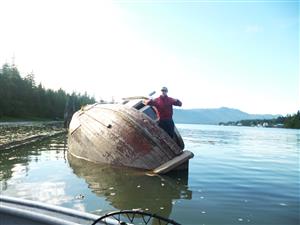
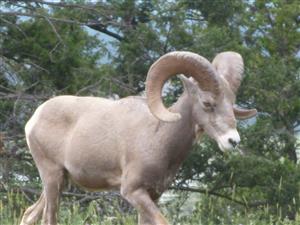

My bear experiences:
1) I saw a Kermode bear just a few miles from Terrace, BC. The Kermode bear is a black bear with a white coat, with many intermediate variations. You can only find them in the northwest to be exact, it is rare.
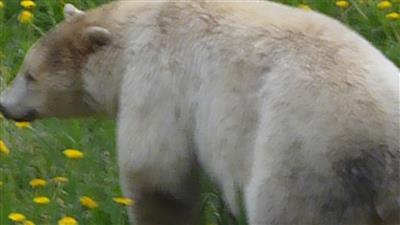
This is the picture I took - I saw the Kermode bear, not just once, but three times in a row. The first time was close to the highway, the second eating the grass and the third laying down. I saw the bear with Bob Kilberry, it was the first time I saw a bear in the wild and that was awesome.
2) In the Khutzeymateen, I saw five grizzly bears and I have to said, the Khutzeymateen Valley is wonderful, beautiful and incredible, I enjoyed the tour with Karen.

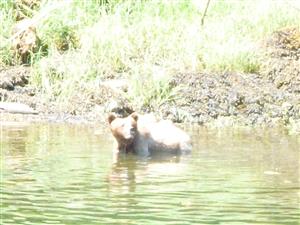

The Khutzeymateen Valley was designated Canada's only grizzly bear sanctuary under the joint management of the province of British Columbia and the Tsimshian Nation. Prince Rupert region is a place which is highly populated from bears. We find here North America's fiercest animals like polar bears, black bears and brown bears; sometimes they are known as grizzly bears. Khutzeymateen Valley is the best place for your bear watching trip.
It was estimated there were 16,014 grizzly bears in the British Columbia population, which was lower than previously estimated due to refinements in the population model.
Thanks to all my host families who opened their door to me and made me feel like a son. Thanks for the opportunity to travel to the lake with the Eby family - it was a good time, thanks to the Basso family for the awesome time and thanks to the Sawchuk family, I appreciate all of you.
Here is some interesting information I found about bears.
The American black bear (Ursus americanus) is a medium-sized bear native to North America. It is the continent's smallest and most widely distributed bear species. Black bears are omnivores with their diets varying greatly depending on season and location. They typically live in largely forested areas, but do leave forests in search of food. Sometimes they become attracted to human communities because of the immediate availability of food, American black bears are not closely related to brown bears and polar bears.
Black bears currently inhabit much of their original Canadian range, though they do not occur in the southern farmlands of Alberta, Saskatchewan, and Manitoba. They have been extinct in Prince Edward Island since 1937. The total Canadian black bear population is between 396,000 and 476,000 based on surveys taken in the mid 1990s in seven Canadian provinces, though this estimate excludes black bear populations in New Brunswick, Northwest Territories, Nova Scotia, and Saskatchewan. All provinces indicated stable populations of black bears. The skulls of American black bears are broad, with narrow muzzles and large jaw hinges, the total length of adult bear skulls was found to average 262 to 317 mm (10.3 to 12.5 in). Bluish tinged black bears occur along a portion of coastal Alaska and British Columbia. White to cream colored black bears occurs in coastal islands and the adjacent mainland of south-western British Columbia. Albino specimens have also been recorded.
The grizzly bear (Ursus arctos horribilis), also known as the silvertip bear, the grizzly, or the North American brown bear, is a subspecies of brown bear (Ursus arctos) that generally lives in the uplands of western North America. This subspecies is thought to descend from Ussuri brown bears which crossed to Alaska from eastern Russia 100,000 years ago, though they did not move south until 13,000 years ago.
Except for cubs and females, grizzlies are normally solitary, active animals, but in coastal areas, the grizzly concentrates along sides streams, lakes, rivers, and ponds during the salmon spawn and then when they first emerge they eat vegetation most of the time. Every other year, females (sows) produce one to four young (commonly two) which are small and weigh only about 500 grams (1 lb). A sow is protective of her offspring and will attack if she thinks she or her cubs are threatened.
In North America, the species is now found only in Alaska, south through much of western Canada, and into portions of the northwestern United States including Idaho, Montana, Washington and Wyoming, extending as far south as Yellowstone, but is most commonly found in Canada. Most adult female grizzlies weigh 130–200 kg (290–440 lb), while adult males weigh on average 180–360 kg (400–790 lb). The average total length in this subspecies is 198 cm (6.50 ft), with an average shoulder height of 102 cm (3.35 ft) and hind foot length of 28 cm (11 in). Newborn bears may weigh less than 500 grams (1.1 lb)

